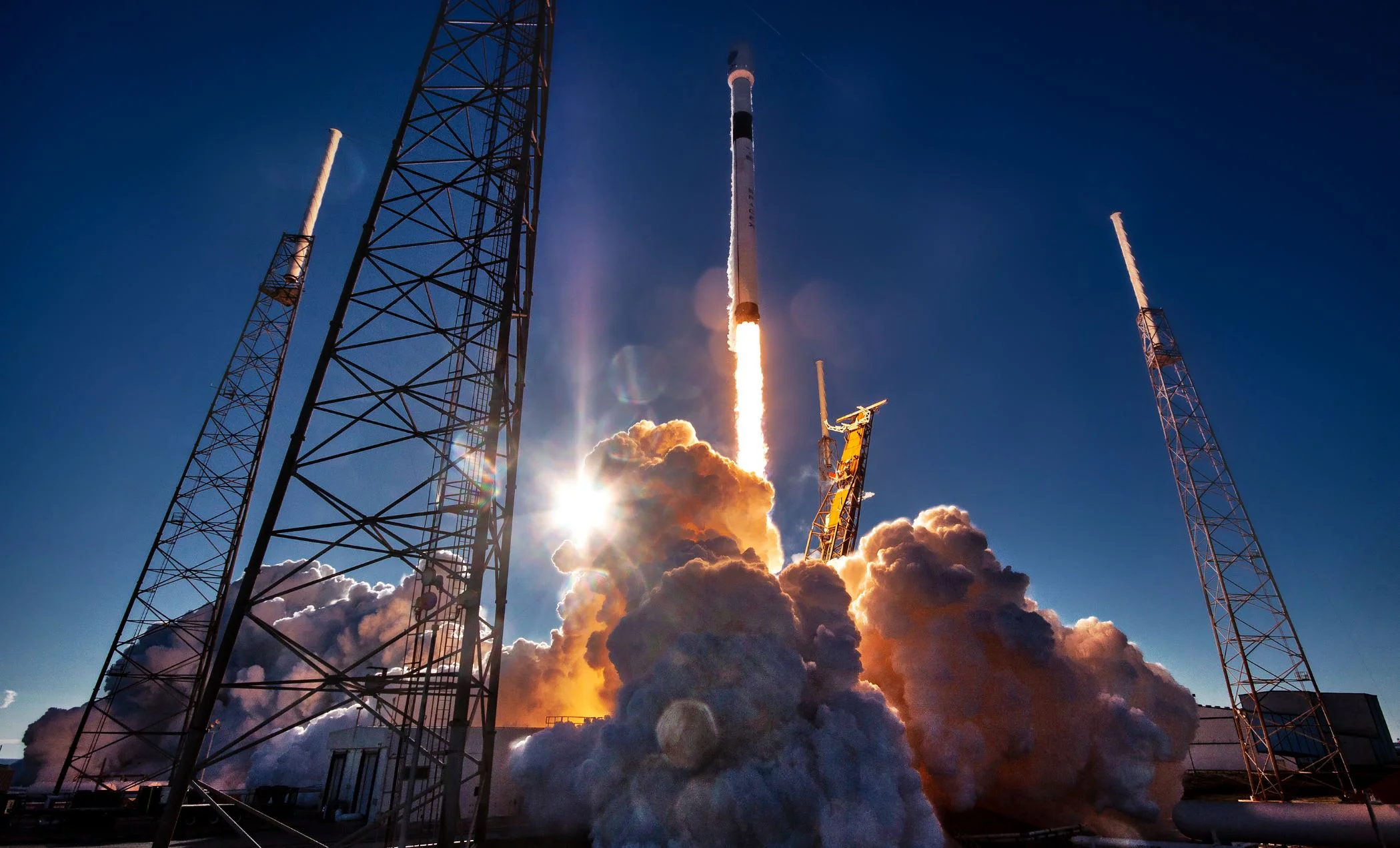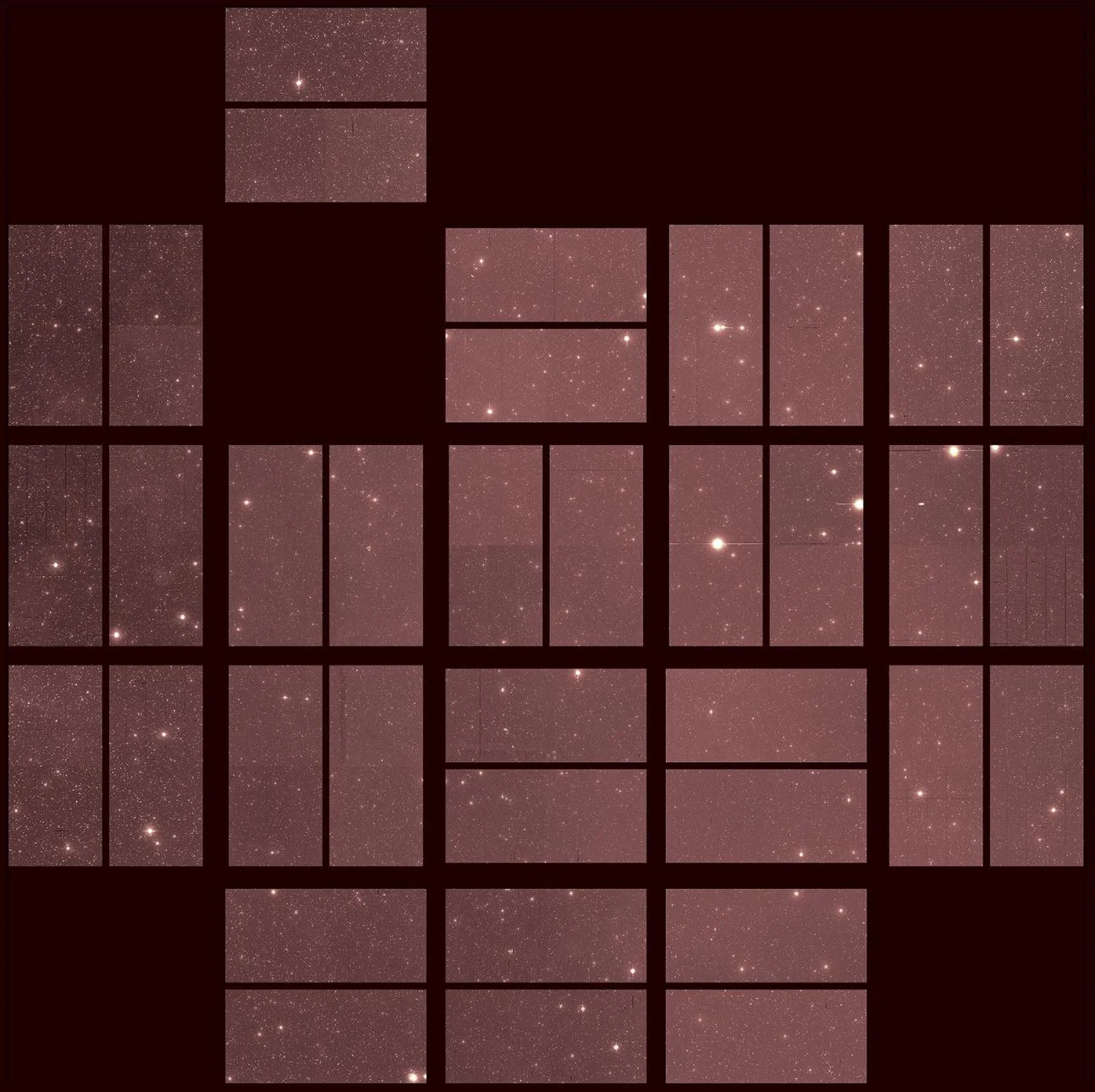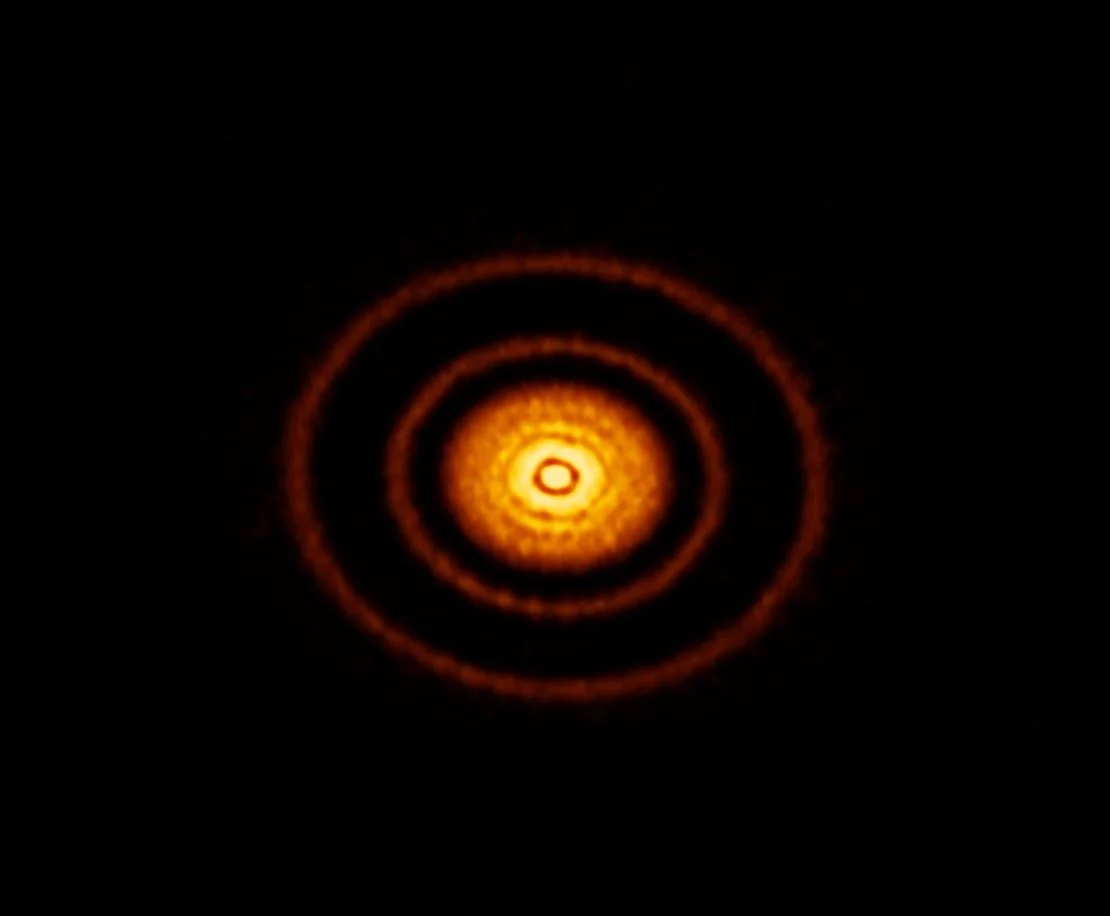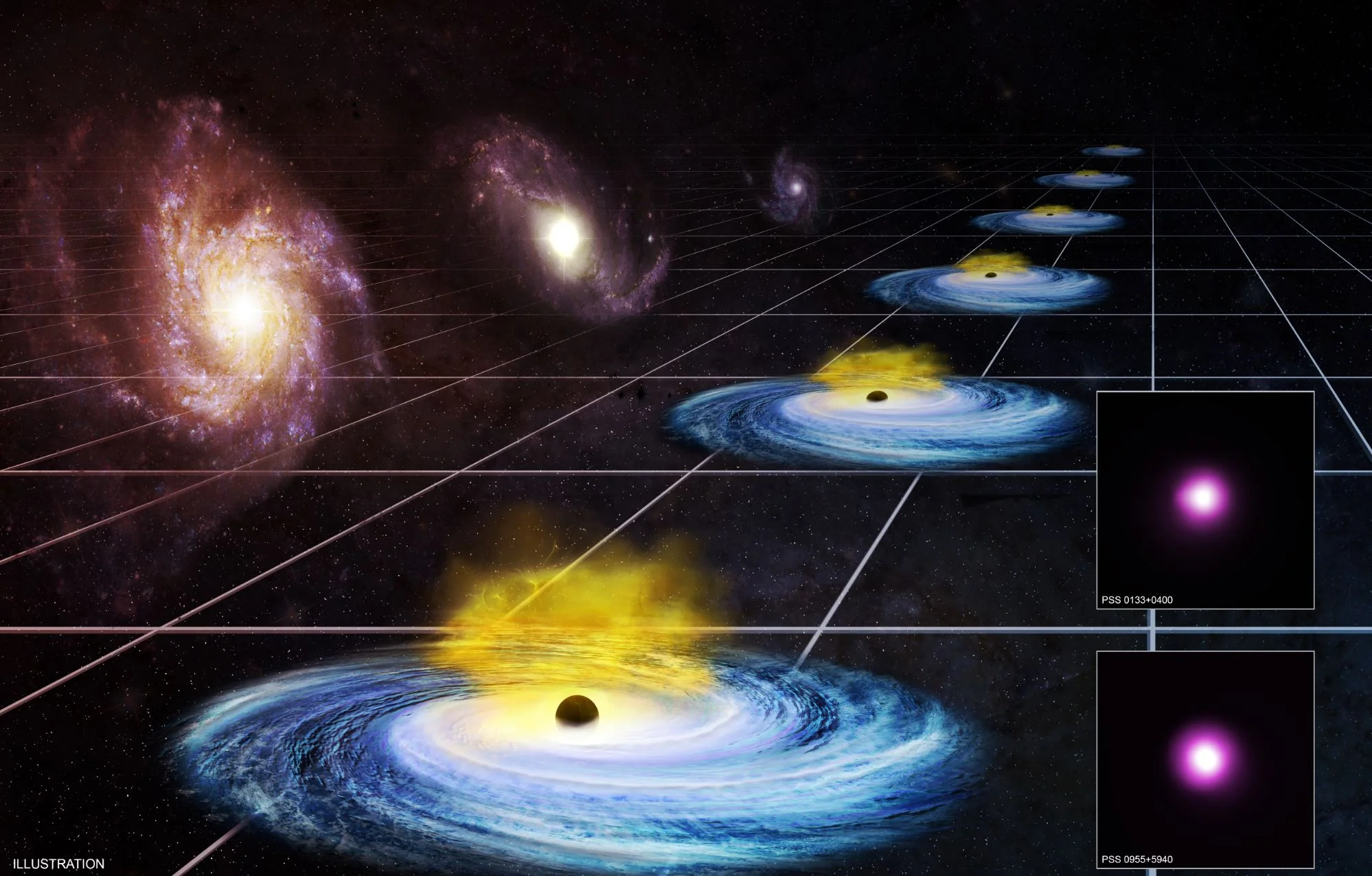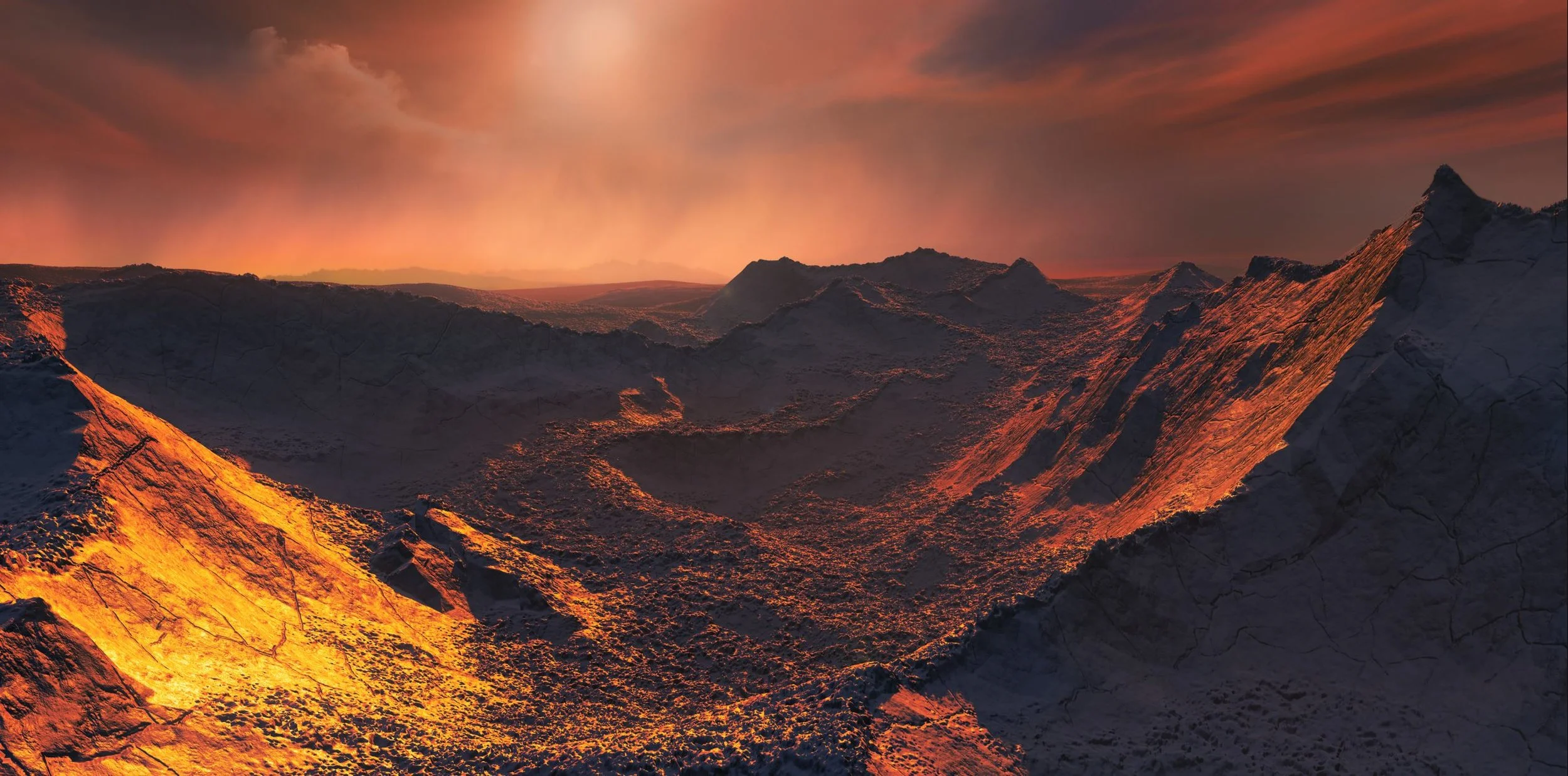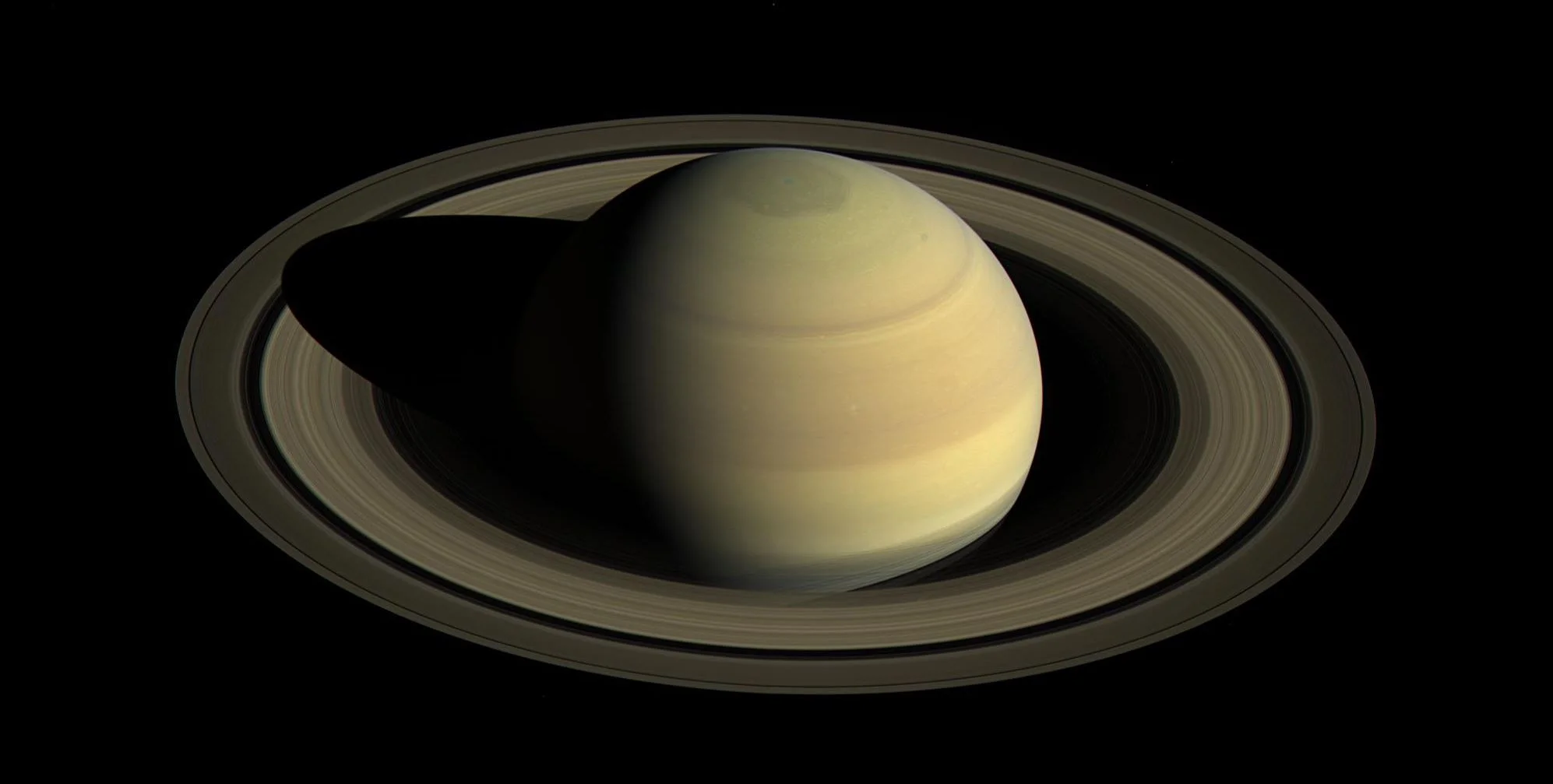Over seven decades ago in 1941, Isaac Asimov wrote a short story, “Reason” (PDF), in which energy captured from the sun was transmitted via microwave beams to nearby planets from a space station. Flash forward to today, scientists are looking to make that very science fiction dream a reality for Earth.
ESA is Planning a Mission to the Smallest Spacerock Ever Visited: the Moon of an Asteroid
For some small minority of humans, Death By Asteroid is a desirable fate. The idea probably satisfies their wonky Doomsday thinking. But for the rest of us, going out the same way the dinosaurs did would just be embarrassing. Thankfully, the ESA’s Hera mission will visit the smallest spacerock ever, and will help us avoid going the way of the dinosaurs.
A revolution in a sentence – the future of human spaceflight in America
Dust Survives Obliteration in Supernova 1987A
Two Newly-Discovered Exoplanets are Probably the Result of a Catastrophic Collision
Kepler’s Final Image Shows A Galaxy Full Of Possibilities
NASA’s Kepler space telescope may be retired, but the discoveries continue to rack up for this historic planet-hunting mission. Kepler rang in the new year with several new planet discoveries, including a previously overlooked planet of an unusual size, as well as a super Earth and a Saturn-sized world orbiting a Sun-like star.
We discovered a warped and twisted disc of young, massive stars at the edge of our Milky Way
Safe havens for young planets
Though concentric rings — shown here in particularly beautiful clarity — are a common substructure among such discs, their widths, separations, and number can vary greatly. It’s still unclear how these substructures form, and how planets emerge from them. Quantifying and studying these similarities and differences was a motivator for constructing ALMA, and was the main objective of DSHARP. These details may hold clues to the type of planetary system that will eventually emerge.
Dark matter may not actually exist – and our alternative theory can be put to the test
Scientists have been searching for “dark matter” – an unknown and invisible substance thought to make up the vast majority of matter in the universe – for nearly a century. The reason for this persistence is that dark matter is needed to account for the fact that galaxies don’t seem to obey the fundamental laws of physics. However, dark matter searches have remained unsuccessful.
Hubble fortuitously discovers a new galaxy in the cosmic neighbourhood
Astronomers using the NASA/ESA Hubble Space Telescope to study some of the oldest and faintest stars in the globular cluster NGC 6752 have made an unexpected finding. They discovered a dwarf galaxy in our cosmic backyard, only 30 million light-years away. The finding is reported in the journal Monthly Notices of the Royal Astronomical Society: Letters.
Astronomers Process Hubble’s Deepest Image to get Even More Data, and Show that Some Galaxies are Twice as big as Previously Believed
It allowed us to spot auroras on Saturn and planets orbiting distant suns. It permitted astronomers to see galaxies in the early stages of formation, and look back to some of the earliest periods in the Universe. It also measured the distances to Cepheid variable stars more accurately than ever before, which helped astrophysicists constrain how fast the Universe is expanding (the Hubble Constant).
NASA used Curiosity’s Sensors to Measure the Gravity of a Mountain on Mars
Some very clever people have figured out how to use MSL Curiosity’s navigation sensors to measure the gravity of a Martian mountain. What they’ve found contradicts previous thinking about Aeolis Mons, aka Mt. Sharp. Aeolis Mons is a mountain in the center of Gale Crater, Curiosity’s landing site in 2012.
Astronomers Find Dark Energy May Vary Over Time
A new study using data from NASA's Chandra X-ray Observatory and ESA's XMM-Newton suggests that dark energy may have varied over cosmic time, as reported in our latest press release. This artist's illustration helps explain how astronomers tracked the effects of dark energy to about one billion years after the Big Bang by determining the distances to quasars, rapidly growing black holes that shine extremely brightly.
Birth of Massive Black Holes in the Early Universe Revealed
Quasars with a Double-Image Gravitational Lens Could Help Finally Figure out how Fast the Universe is Expanding
How fast is the Universe expanding? That’s a question that astronomers haven’t been able to answer accurately. They have a name for the expansion rate of the Universe: The Hubble Constant, or Hubble’s Law. But measurements keep coming up with different values, and astronomers have been debating back and forth on this issue for decades.
Steam-Powered Spacecraft Could Explore the Asteroid Belt Forever, Refueling Itself in Space
The era of renewed space exploration has led to some rather ambitious proposals. While many have been on the books for decades, it has only been in recent years that some of these plans have become technologically feasible. A good example is asteroid mining, where robotic spacecraft would travel to Near-Earth Asteroids and the Main Asteroid Belt to harvest minerals and other resources.
European Southern Observatory’s Cosmic Gems Programme captures last breath of a dying star
The faint, ephemeral glow emanating from the planetary nebula ESO 577-24 persists for only a short time — around 10,000 years, a blink of an eye in astronomical terms. ESO’s Very Large Telescope captured this shell of glowing ionised gas — the last breath of the dying star whose simmering remains are visible at the heart of this image. As the gaseous shell of this planetary nebula expands and grows dimmer, it will slowly disappear from sight.
Geothermal Heating Could Make Life Possible on the Super Earth Planet at Barnard’s Star
In 2018, scientists announced the discovery of a extra-solar planet orbiting Barnard’s star, an M-type (red dwarf) that is just 6 light years away. Using the Radial Velocity method, the research team responsible for the discovery determined that this exoplanet (Barnard’s Star b) was at least 3.2 times as massive as Earth and experienced average surface temperatures of about -170 °C (-274 °F) – making it both a “Super-Earth” and “ice planet”.
Scientists Finally Know What Time It Is on Saturn
Using new data from NASA's Cassini spacecraft, researchers believe they have solved a longstanding mystery of solar system science: the length of a day on Saturn. It's 10 hours, 33 minutes and 38 seconds. The figure has eluded planetary scientists for decades, because the gas giant has no solid surface with landmarks to track as it rotates, and it has an unusual magnetic field that hides the planet's rotation rate. The answer, it turned out, was hidden in the rings.
NASA’s Campaign to Return to the Moon with Global Partners
The Moon is a fundamental part of Earth’s past and future - an off-world location that may hold valuable resources to support space activity and scientific treasures that may tell us more about our own planet. Americans first walked on its surface almost 50 years ago, but the next wave of lunar exploration will be fundamentally different.



